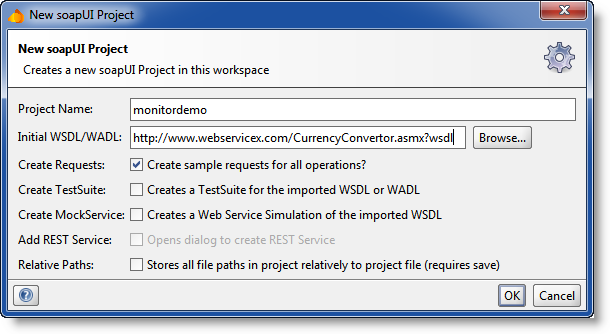Code Quality Plugins
1.FindBugs – This plug-in is utilized with eclipse IDE and is the software used for locating bugs in Java programs. It’s a free software licensed under Lesser GNU Public License. For further information you can go to -FindBugs
2.Checkstyle – This plug-in can be integrated to IDE Eclipse ensuring the Java code follows the coding standards. For further information you can go to - Checkstyle
3.ECLemma – This is a free tool that can be taken via Eclipse Public License providing fast development and test cycles. You can make use of the “launch” in the code coverage mode that functions like actual run/debug mode. For further information you can go to - ECLemma
Text Editor Plugins
4. AnyEdit Tools - The plug-in helps to add new editor to output consoles, toolbar, and it also help to import and export data. It is licensed under Eclipse Public License v1.0. For further information you can go to - AnyEdit Tools
5. Eclim - Eclim helps to bring Eclipse functionality to one of the best editors - Vim, wherein development can be done in various languages and it also provides bug fixing provisions. It is released under GPLV3. For further information you can go to -Eclim
6. Eclipse-rbe - Eclipse-rbe is used for editing Java resources and its features include warnings for missing values, sorted keys, conversion from/to Unicode etc. It is licensed under GNU library or LGPL. For further information you can go to - Eclipse-rbe
Dependency Management
7.Apache IvyDE – This is an Eclipse plug-in assisting in integrating Apache Ivy’s feature of dependency management to Eclipse. It also assists in managing dependencies in ‘ivy.xml’. For further information you can go to - Apache IvyDE
8.M2eclipse (Maven Plugin) – This assist in managing both simple and multi module projects, and Maven integration for Eclipse (M2eclipise) that assists in launching maven from Eclipse. It offers features like dependency management and automatic downloading. For further information you can go to - M2eclipse (Maven Plugin)
Version Control Integration Plugins
9.Subclipse - Subclipse is a SVN plug-in which offers support for subversion of Eclipse IDE and it is licensed under EPL 1.0. Subeclipse 1.6.x supports ColabNet Merge Client. Subclipse provides easy interface to use the features. For further information you can go to -Subclipse
10.EGit - EGit plug-in provides support, synchronizes view, reading for .git/ exclude files, provides rebasing and has streamlined commands for pulling and pushing. For further information you can go to - EGit
11.MercurialEclipse - MercurialEclipse is one of the active Version Control System which gives you access on registration. It is a reliable plug-in which provides cloning repositories, push-pull synchronization and enables easy rollback. For further information you can go to -MercurialEclipse
Framework Development
12.Spring Tool Suite – This offers development environment and tools like XML file wizards and graphical spring configuration editor that can be used for easy development. For further information you can go to - Spring Tool Suite
13.Spring IDE – This assists in developing Spring Application and offers interface for using the graphical editing framework. It display graphs of relationships and beans through the configuration files. Spring IDE
Continuous Integration Related Plugins
14.Hudson Status – This is a simple plug-in displaying the status (red/green) of a application on Hudson build server. It is quite a powerful continuous integration server used in a number of large software development projects. For further information you can go to -Hudson Status
15.Sonar Plugin - Sonar Plug-in for Eclipse provides powerful integration of Sonar with Eclipse. It highlights code quality problems as we browse the code. Since the code quality standards definition is centralized on Sonar server, it ensures all developers are following same quality standards. Sonar is a open source platform used for centrally controlling the source code quality of software projects. For further information you can go to - Sonar Plugin

